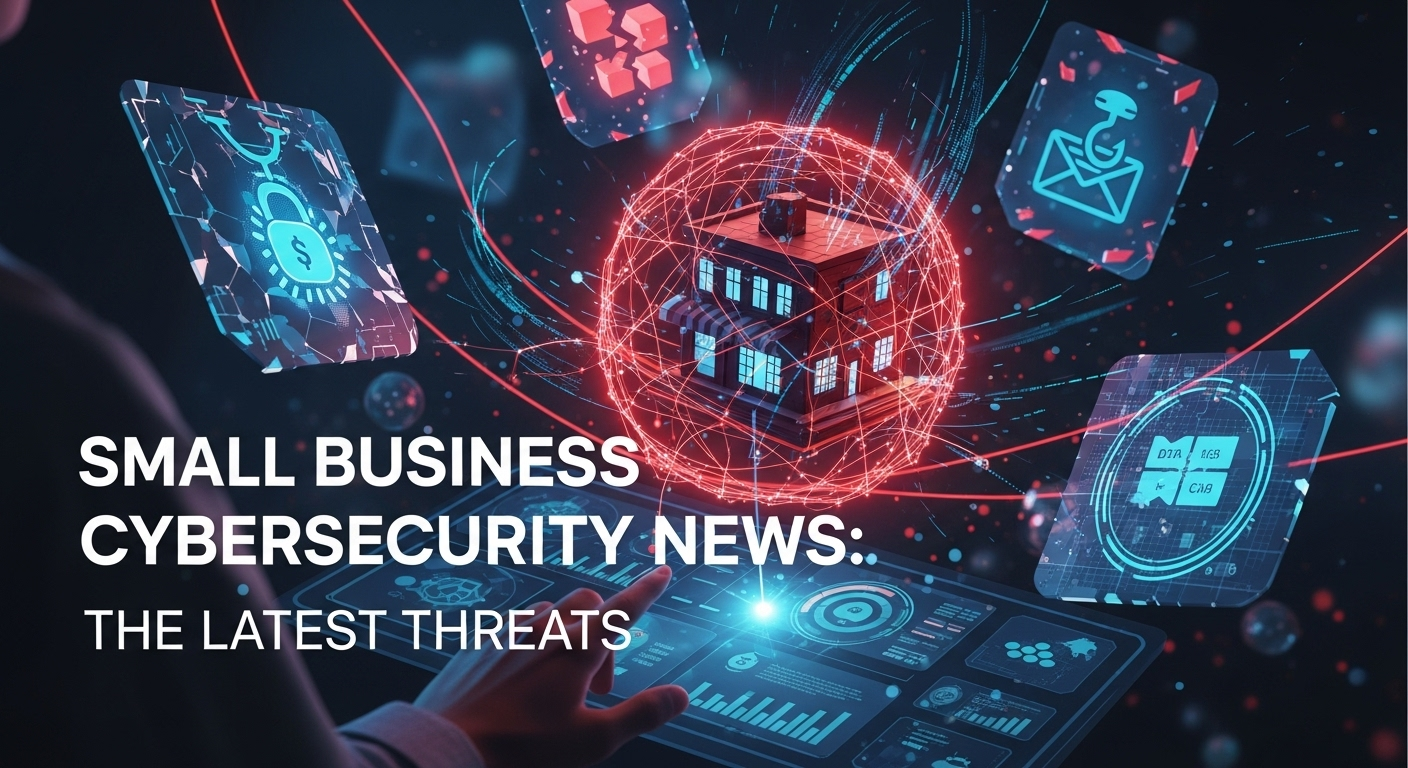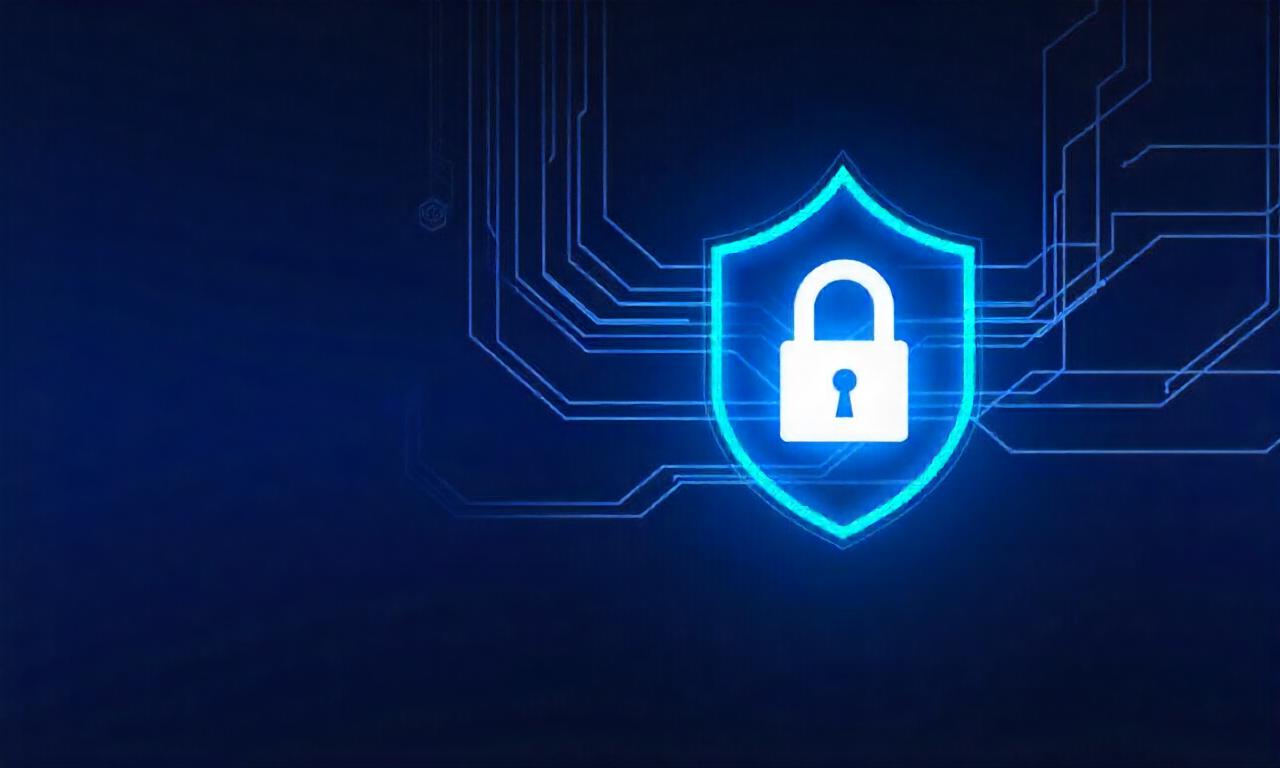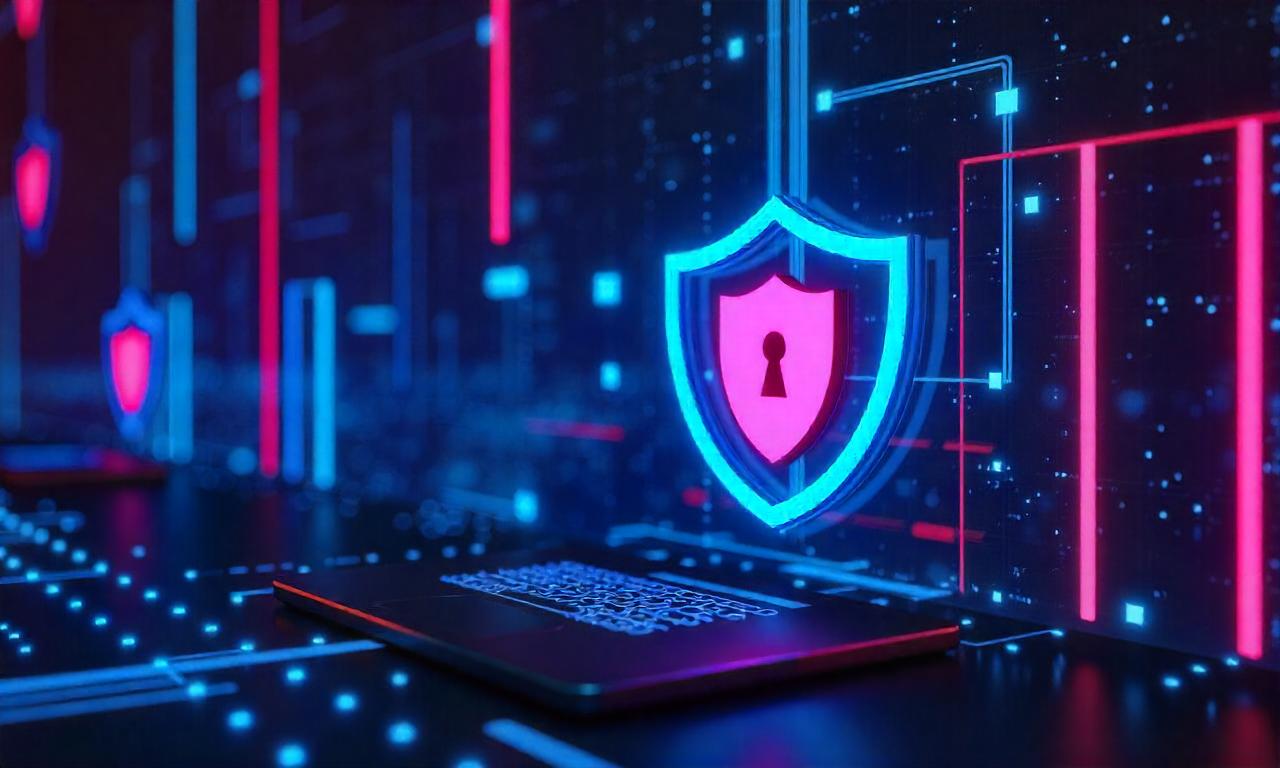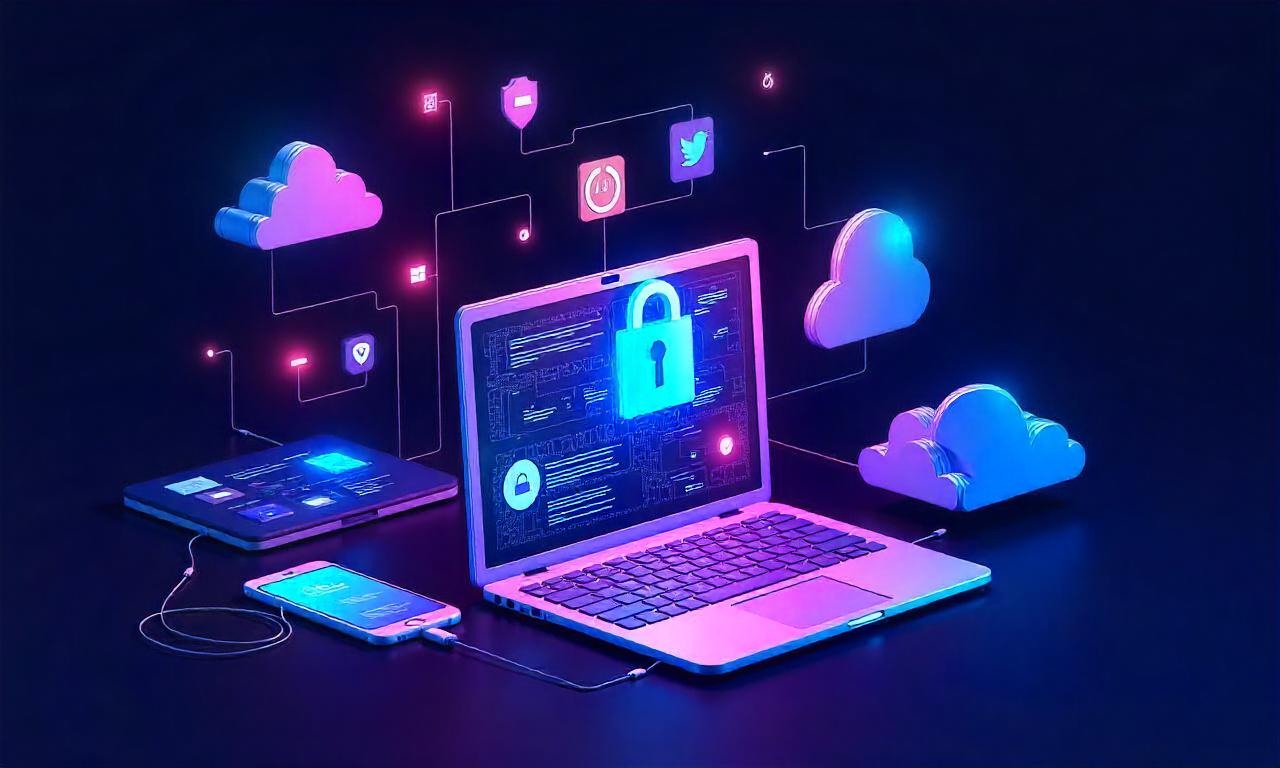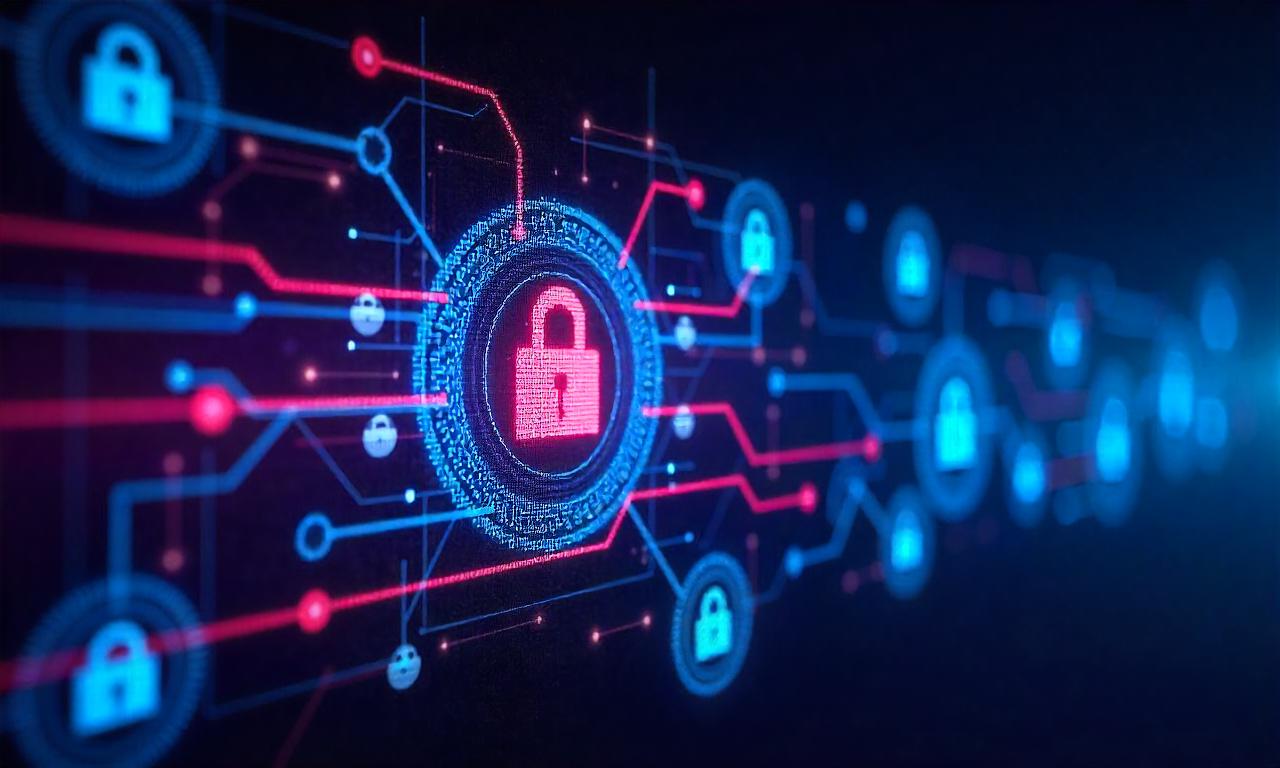In today's digital-first economy, staying informed is no longer a luxury but a necessity for survival, especially for small and medium-sized businesses (SMBs). While large corporations often dominate the headlines with news of massive data breaches, the reality is that SMBs are increasingly in the crosshairs of cybercriminals. They are often perceived as softer targets with fewer resources dedicated to security. Keeping up with the latest cybersecurity news for small businesses is the first critical step toward building a resilient defense. This article delves into the most current and pressing threats, offering actionable insights to help you protect your assets, your customers, and your reputation from the evolving digital battlefield.
Table of Contents
ToggleThe Shifting Threat Landscape: Why Small Businesses are Prime Targets
For years, a dangerous misconception has persisted: "My business is too small to be a target for hackers." This line of thinking is now one of the greatest liabilities an SMB can have. The modern cybercriminal is not just a lone wolf seeking a big score; they are often part of sophisticated, organized syndicates that operate like businesses. For them, attacking a thousand small companies with automated tools is often more profitable and less risky than attempting to breach one digital fortress like a major bank. The threat landscape has democratized, making every business with an internet connection a potential victim.
This shift is driven by a simple return-on-investment calculation from the attacker's perspective. Small businesses possess valuable data—customer information, financial records, intellectual property—but often lack the robust security infrastructure of larger enterprises. They may not have a dedicated IT security team, use outdated software, or lack formal employee training on cybersecurity. This combination makes them low-hanging fruit. Cybercriminals know that a successful ransomware attack on an SMB is likely to result in a quick payout because the business cannot afford prolonged downtime.
Furthermore, small businesses are often a crucial part of a larger supply chain. Attackers might target a small law firm, accounting service, or parts supplier not for their own data, but as a stepping stone to infiltrate a much larger, more valuable corporate partner. A breach at your company could become a gateway for a catastrophic attack on one of your major clients, leading to devastating legal and reputational consequences. This makes understanding and mitigating threats not just a matter of self-preservation, but also a responsibility to your business partners.
Top Cybersecurity Threats Dominating the News
Cybersecurity is a dynamic field where new threats emerge constantly. However, several key attack vectors have become persistently dangerous for small businesses over the past year. These are the threats that frequently make headlines and demand your immediate attention. Understanding how they work is the first step toward defending against them.
Advanced Phishing and Social Engineering
Phishing is not new, but its sophistication has reached alarming levels. Gone are the days of poorly worded emails from a foreign prince. Today's attacks are highly targeted, well-written, and incredibly convincing. This evolution is a direct result of social engineering, the art of manipulating people into divulging confidential information. Attackers study your business, your employees' roles, and your public-facing information from social media and your website to craft bespoke attacks.
These advanced forms include:
- Spear Phishing: Emails that target a specific individual or department, often using their name, role, and information about a recent project to appear legitimate. For example, an email might purport to be from a known vendor with an "updated" invoice that is actually a malicious file.
- Whaling: A type of spear phishing aimed at senior executives (the "big phish" or "whales"). An email might appear to be from the CEO (a technique called CEO fraud) instructing the CFO to make an urgent wire transfer to a fraudulent account.
<strong>Smishing and Vishing:</strong> Phishing attacks that use SMS text messages (smishing) or voice calls (vishing*) instead of email. An employee might receive a text message with a link to a fake login page for their company email or a phone call from someone impersonating IT support asking for their password.
The Unrelenting Rise of Ransomware-as-a-Service (RaaS)
Ransomware continues to be one of the most destructive threats for any organization, but its impact on small businesses can be fatal. The game has changed with the proliferation of Ransomware-as-a-Service (RaaS) on the dark web. This model allows less-skilled criminals to "rent" ransomware tools and infrastructure from a developer in exchange for a cut of the profits. This has dramatically lowered the barrier to entry, leading to a massive surge in the volume of ransomware attacks.
The tactics have also become more vicious. Attackers no longer just encrypt your files and demand a ransom. They now engage in double extortion: first, they steal a copy of your most sensitive data before encrypting your systems. If you refuse to pay the ransom to get your systems back, they then threaten to leak or sell your confidential data, including customer PII (Personally Identifiable Information), financial records, and trade secrets. For a small business, the reputational damage from such a leak can be even worse than the financial cost of the ransom itself.
Supply Chain Attacks: Your Vendors as a Gateway
Your business's security is only as strong as your weakest link, and often, that link is not within your own walls. A supply chain attack targets a small business by exploiting a vulnerability in one of its third-party vendors, such as a software provider, a cloud service, or even a marketing agency. By compromising a shared tool or service, attackers can gain access to the networks of all the businesses that use it.
Consider a scenario where your business uses a popular accounting software from a smaller vendor. If an attacker breaches that vendor and injects malicious code into a software update, the next time you update your software, you unknowingly install a backdoor into your own network. This gives the attacker a trusted entry point, bypassing many of your perimeter defenses like firewalls. Vetting the security practices of your vendors is no longer optional; it's a critical component of your own cybersecurity posture. You must ask potential vendors about their security certifications, data breach history, and incident response plans.
Beyond the Headlines: Underreported Threats to Watch
While ransomware and phishing grab the spotlight, several other significant threats are simmering beneath the surface. These underreported risks can be just as damaging and often catch businesses off guard because they aren't part of the mainstream conversation. Proactive leaders look beyond the headlines to understand the full spectrum of risk.
Insider Threats (Malicious and Accidental)
Not all threats come from the outside. An insider threat originates from someone within the organization, such as a current or former employee, contractor, or business partner who has legitimate access to your systems and data. These threats are particularly insidious because the individual already has trusted credentials, making their malicious activity difficult to detect.
Insider threats fall into two main categories:
- Malicious Insiders: A disgruntled employee who intentionally steals data for personal gain or to harm the company before they resign. They might download a client list to take to a competitor or delete critical files out of spite.
- Accidental Insiders: A well-meaning but careless employee who unintentionally causes a security incident. This is the most common type of insider threat. Examples include clicking on a phishing link, losing a company laptop, or using a weak, easily guessable password for a critical system. Proper and continuous employee training is the single most effective defense against accidental insider threats.
Internet of Things (IoT) Device Vulnerabilities
The "Internet of Things" refers to the vast network of physical devices connected to the internet, from smart security cameras and printers to smart thermostats and digital assistants. In a small business environment, these devices are often installed for convenience without any consideration for their security implications. Many IoT devices are shipped with default, non-unique passwords (like "admin") and rarely receive security updates from the manufacturer.
Hackers actively scan the internet for these vulnerable devices. A compromised smart camera could give an attacker eyes and ears inside your office. A hacked printer on your network could be used as a pivot point to launch attacks against your more secure servers and workstations. For small businesses, it's crucial to conduct an inventory of all connected devices, change all default passwords immediately upon installation, and isolate them on a separate guest network whenever possible to limit their access to critical business systems.
Building a Resilient Defense: Actionable Steps for Small Businesses

Knowing the threats is only half the battle. The other half is implementing a practical, layered defense strategy. You don't need a Fortune 500 budget to significantly improve your security posture. The key is to be strategic and focus on fundamental best practices that provide the greatest protection for your investment.
Implement a Multi-Layered Security Approach
There is no single "silver bullet" for cybersecurity. A strong defense relies on multiple layers, so if one layer fails, another is there to stop the attack. This is often called "defense-in-depth." For a small business, a foundational multi-layered approach should include:
- Endpoint Protection: Go beyond basic antivirus. Modern Endpoint Detection and Response (EDR) solutions can detect and respond to more sophisticated threats like fileless malware and ransomware.
- Firewall and Network Security: A properly configured firewall is your first line of defense, monitoring and controlling incoming and outgoing network traffic.
- Multi-Factor Authentication (MFA): This is one of the most effective controls you can implement. MFA should be mandatory for all critical accounts, including email, cloud services, and remote access. It requires users to provide two or more verification factors to gain access, making stolen passwords far less useful to an attacker.
Regular Patching and Updates: One of the most common ways attackers get in is by exploiting known vulnerabilities in outdated software. Implement a process to ensure all operating systems, software (likeAdobe ReaderandJava*), and web browsers are updated promptly.
- Data Backups: Maintain regular, tested backups of your critical data. Follow the 3-2-1 rule: three copies of your data, on two different media types, with one copy stored off-site (ideally offline or in a separate cloud environment). This is your ultimate safety net against a ransomware attack.
Foster a Culture of Cybersecurity Awareness
Technology alone cannot protect you. Your employees are your "human firewall," but they can also be your weakest link. Creating a culture of security awareness is paramount. This goes beyond a one-time, check-the-box training session. It must be a continuous effort.
Effective security awareness programs involve:
- Ongoing Training: Conduct regular, engaging training sessions on how to spot phishing emails, the importance of strong passwords, and safe internet browsing habits.
- Simulated Phishing Tests: Periodically send fake phishing emails to your staff. This is not about "catching" them but about providing a safe learning experience. Employees who click the link can be automatically enrolled in remedial training.
- Clear Policies and Procedures: Develop and communicate simple policies for data handling, password creation, device usage, and what to do in case of a suspected incident. When an employee knows exactly who to call when they see something suspicious—without fear of punishment—they are more likely to report it quickly.
Analyzing the Financial and Reputational Impact of a Breach
For a small business, the consequences of a data breach extend far beyond the immediate technical cleanup. The financial and reputational fallout can be crippling, and in some cases, lead to the closure of the business. Understanding these potential costs is a powerful motivator for investing in proactive security measures.
The table below breaks down the common costs associated with a cybersecurity incident for an SMB.
| Type of Cost | Description | Example for a Small Business |
|---|---|---|
| Direct Financial Loss | Money directly stolen or spent due to the attack. | A fraudulent wire transfer of $25,000 due to CEO fraud; paying a $10,000 ransomware demand. |
| Business Downtime | Lost revenue from the inability to operate your business. | An e-commerce site being down for 3 days, losing all sales; a professional services firm unable to access client files. |
| Incident Response Costs | Expenses for experts to investigate, contain, and eradicate the threat. | Hiring a cybersecurity forensics firm at $400/hour to determine the scope of the breach and restore systems. |
| Regulatory Fines | Penalties from regulatory bodies for non-compliance with data protection laws. | A fine under GDPR or CCPA for failing to adequately protect customer personal information. |
| Reputational Damage | Loss of customer trust, leading to churn and difficulty attracting new clients. | Clients leaving your service after their data was leaked; negative press and social media backlash. |
| Legal and Notification | Costs associated with legal counsel and notifying affected customers. | Paying for legal advice, credit monitoring services for affected customers, and public relations support. |
As the table illustrates, the cost of a breach is rarely a single number. It's a cascade of expenses, many of which are not immediately obvious. The cost of business downtime is often the most underestimated but can be the most damaging. If your systems are down for a week, can you still pay your employees? Can you fulfill customer orders? For many SMBs, the answer is no. This is why a proactive investment in security, while it may seem like a cost center, is one of the best forms of business insurance you can buy.
***
Frequently Asked Questions (FAQ)
Q: I have a good antivirus program installed. Isn't that enough to protect my small business?
A: Unfortunately, no. While a high-quality antivirus is an essential layer of security, it is not sufficient on its own. Modern cyber threats, especially fileless malware, sophisticated phishing, and zero-day exploits, are designed to bypass traditional antivirus software. A comprehensive strategy requires multiple layers, including a firewall, multi-factor authentication (MFA), regular software patching, email filtering, and most importantly, continuous employee security training.
Q: How much should a small business realistically budget for cybersecurity?
A: There is no one-size-fits-all answer, as it depends on your industry, the sensitivity of your data, and your overall risk profile. However, many experts suggest that businesses should aim to spend between 3% and 6% of their total IT budget on cybersecurity. A more practical approach for very small businesses is to focus on implementing foundational, high-impact controls first: require MFA everywhere possible, invest in a reliable data backup solution, and subscribe to a reputable endpoint protection service. Starting small is better than not starting at all.
Q: What is the absolute first thing I should do if I suspect we've had a data breach?
A: The first step is to not panic and to act quickly according to a pre-defined plan. If you don't have one, the priorities are: 1. Disconnect the affected device(s) from the network to prevent the threat from spreading. 2. Document everything you know: what you saw, when you saw it, and what systems are affected. 3. Contact a professional. This could be your managed service provider (MSP) or a dedicated cybersecurity incident response firm. Do not attempt to be a hero and "fix it" yourself, as you could inadvertently delete crucial evidence needed for investigation.
Q: Are free cybersecurity tools reliable for a business?
A: Free tools can be a starting point but come with significant caveats. They often lack the advanced features, real-time threat intelligence, and technical support of their paid counterparts. For business-critical functions, relying solely on free tools is a risky strategy. They are generally not designed to handle the sophisticated, targeted attacks aimed at businesses. It's wiser to invest in professional-grade tools for core security functions like endpoint protection and backups, as the cost of a breach will far exceed the cost of the subscription.
Conclusion: Proactive Defense is the New Normal
The cybersecurity landscape is a constant arms race, and for small businesses, the stakes have never been higher. The news is filled with stories of crippling ransomware attacks, clever social engineering schemes, and exploits that turn trusted partners into attack vectors. Relying on luck or the hope that you are "too small to matter" is a losing strategy. The threats are real, automated, and indiscriminate.
However, the outlook is not hopeless. By embracing a proactive mindset, you can build a formidable and resilient defense. This involves understanding the primary threats, implementing foundational security layers like MFA and tested backups, and fostering a vigilant security culture where every employee understands their role in protecting the business. Cybersecurity is no longer just an IT issue; it is a core business function. Investing in it today is an investment in your company's future, ensuring you can continue to operate, grow, and maintain the trust of your customers in an increasingly dangerous digital world.
***
Summary of the Article
This article serves as a comprehensive guide to the latest cybersecurity news and threats specifically impacting small and medium-sized businesses (SMBs). It begins by dismantling the myth that small businesses are not targets, explaining that they are often seen as "low-hanging fruit" and "stepping stones" for larger attacks due to their valuable data and comparatively weaker security.
The core of the article details the most dominant threats, including advanced phishing and social engineering (like spear phishing and whaling), the prolific rise of Ransomware-as-a-Service (RaaS) which enables more widespread attacks, and supply chain attacks where vendors become an entry point. It also highlights underreported risks such as insider threats (both malicious and accidental) and vulnerabilities in everyday Internet of Things (IoT) devices.
To counter these threats, the article provides actionable defensive strategies. It advocates for a multi-layered security approach (including endpoint protection, MFA, and regular patching) and emphasizes the critical importance of creating a culture of security awareness through continuous employee training and simulated phishing tests. A detailed table breaks down the various financial and reputational costs of a breach—from direct financial loss to business downtime and regulatory fines—to underscore the importance of proactive investment. The piece concludes with an FAQ section addressing common small business security questions and a final call to action, framing cybersecurity as an essential, ongoing business function for survival and growth.

